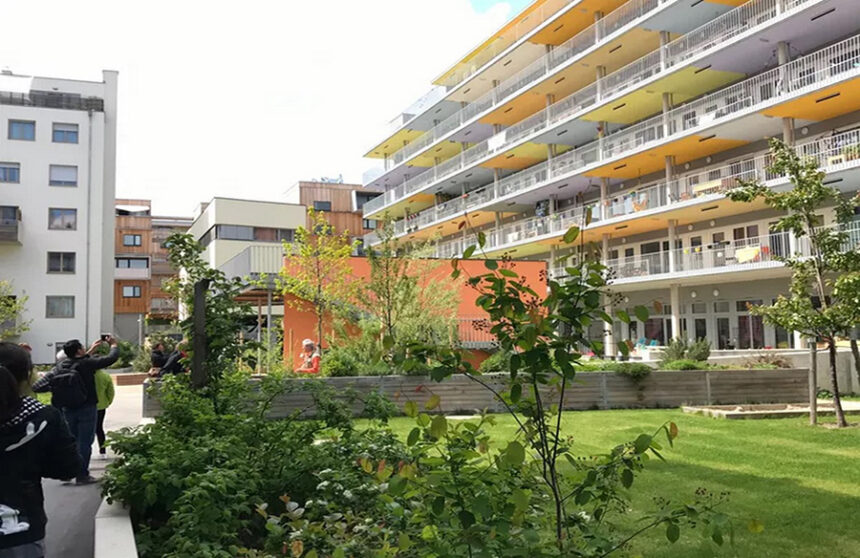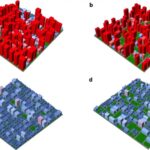A recent study titled “Decoupling density from tallness in analysing the life cycle greenhouse gas emissions of cities” sheds light on the sustainability of urban development, challenging the prevailing notion that tall buildings equate to environmental efficiency. This research reaffirms key insights that have long been advocated on platforms like Treehugger, emphasizing the need for a nuanced approach to urban density and design.
Revisiting Assumptions about Tall Buildings
The study, authored by Francesco Pomponi and colleagues, critically examines the environmental implications of tall and dense urban structures. Contrary to common perceptions, the researchers argue that tall buildings often overlook life cycle greenhouse gas (GHG) emissions, which encompass both embodied and operational energy use. By delving into the complexities of urban environmental design, the study challenges the notion that building taller and denser inherently leads to sustainability gains.
Unpacking the Impact of Urban Form
Central to the study is the distinction between different urban typologies, ranging from High Density High Rise (HDHR) to Low Density Low Rise (LDLR). Through comprehensive analysis, the researchers assess the Life Cycle GHG Emissions (LCGE) associated with each typology, considering factors such as embodied carbon and operational efficiency over a 60-year lifecycle.
The Goldilocks Density: Finding the Sweet Spot
One of the key findings of the study is the identification of an optimal urban density, dubbed the “Goldilocks Density.” This concept advocates for a mid-rise urban form that strikes a balance between density and environmental impact. By avoiding extremes of height and density, cities can achieve lower per capita GHG emissions while promoting vibrant and livable communities.
Lessons for Urban Planning and Design
The study challenges conventional wisdom surrounding urban development, urging policymakers and planners to adopt a more nuanced approach. Instead of prioritizing tall towers or sprawling suburbs, cities should aim for a Goldilocks Density that maximizes environmental sustainability without compromising quality of life. This approach aligns with broader goals of equitable and resilient urban development, fostering cohesive communities and reducing environmental footprints.
Beyond Environmental Considerations
While environmental sustainability is a central focus of the study, it also emphasizes the interconnectedness of economic, social, and environmental factors in urban planning. By taking a holistic view of urban design, cities can address a range of challenges, from resource consumption to social equity and public health.
Embracing Multidisciplinary Solutions
Ultimately, the study underscores the need for interdisciplinary collaboration and innovation in urban planning and design. By integrating insights from diverse fields, cities can develop holistic strategies that balance environmental responsibility with economic vitality and social equity. The Goldilocks Density serves as a compelling model for sustainable urban development, offering a roadmap for cities seeking to navigate complex urban challenges in the 21st century.







Leave a Reply